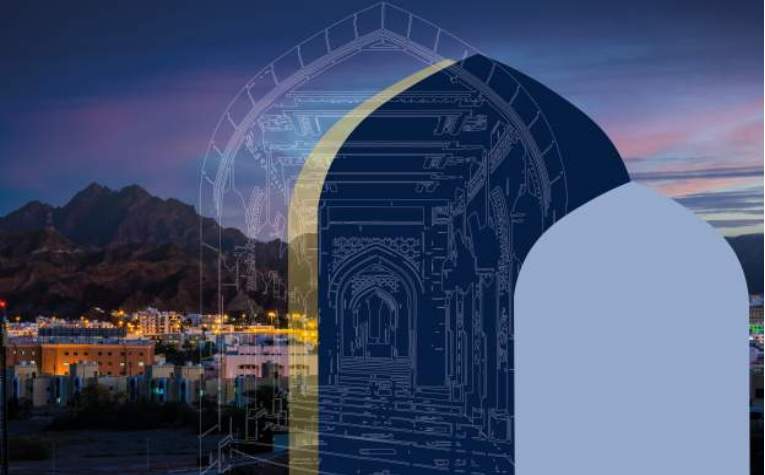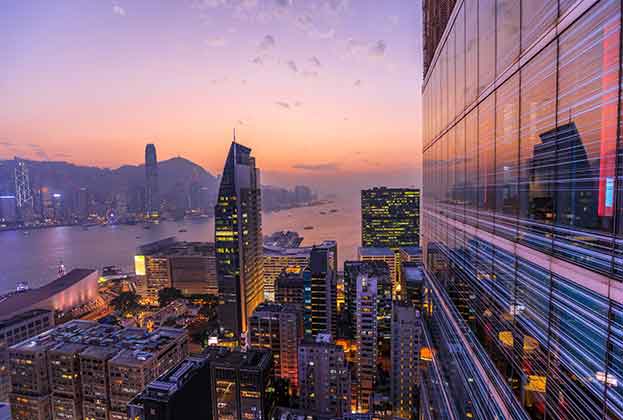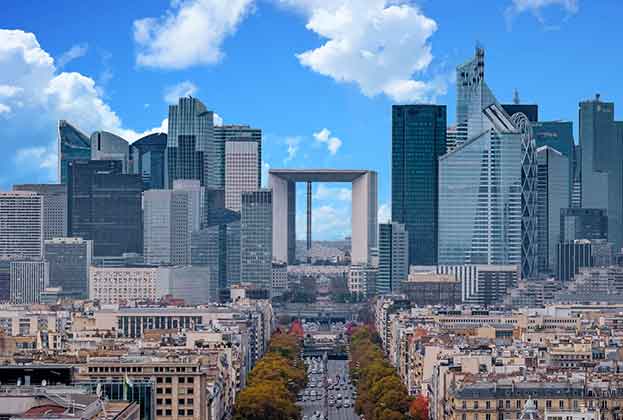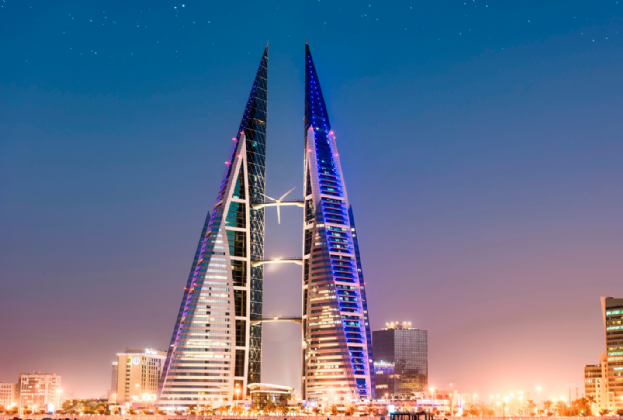COVID-19 has had a huge impact on office culture and by extension the office and building fitout market. We have seen several instances of higher employee satisfaction achieved at offices providing top-class amenities, and this has now almost become a pre-requisite for companies as they aim to lure their staff back into the office.
A common theme is emerging among corporates who have now begun to crystallise their decisions on office space expansion or relocation – they are looking for superior quality space in newer developments with better facilities, beyond the conventional office setup.
Commercial office buildings therefore need to include various amenities to attract and retain tenants such as well-equipped gyms and changing rooms, collaborative meeting areas, suites, creative breakout areas etc. A preference is also emerging for naturally well-lit, ventilated, and open and green spaces that promote physical and mental wellbeing, as per Savills Office FiT research.
In the UAE, many commercial office buildings are reaching the end of their so-called first life which is generally a span of 12-20 years. Many of the commercial and mixed-use districts and zones were built starting in the year 2000 first with Dubai Internet City, followed by DIFC in 2002, Business Bay and Silicon Oasis in 2003, Dubai Media City from 2006-11, Dubai Marina in 2008 and JLT in 2011, to name a few.
Many of the older buildings in these locations which many not necessarily be equipped with modern facilities are now facing stiff competition from new commercial office buildings, making the calls louder for retrofits, refurbishment and renovations.
Not only is attracting tenants a challenge for many of the older developments, but the high operating costs are also a drain on profitability. Major MEP systems in these buildings (i.e. chillers) become increasingly inefficient with age, not to mention the outdated technology compared to newer systems. For example, payback on chillers that are older than 8-10 years will be approximately 2-3 years.
These issues can be addressed by undertaking refurbishment activities at various levels. Depending on the extent of work required, a commercial office building can be refurbished for 5-7% of its original build cost. Based on our experience, the common area of commercial office buildings can be refurbished for AED 44 – AED 469 / sq ft (based on Gross Floor Area). This includes an upgrade of the ground floor lobby, common corridors and lift lobbies, common bathrooms and other minor ancillary works. Replacing the MEP or lifts altogether would have a higher cost implication.
With a completion time of 12-18 months for design and refurbishment, the timeframe is also largely reasonable, without causing too much inconvenience to occupants that would hamper daily work.
At our recent refurbishment of Al Thuraya Tower, a building opened in 2005, works included installing new lifts and future chiller upgrades along with several enhancements to tenant facilities. The communal meeting spaces and common areas have also been improved and the building now features a garden area on Level 1. While many of the commercial assets in Dubai are aging, timely action at Al Thuraya Tower will help position the asset as an attractive and central destination that prioritises tenant comfort. Within two months of completing the refurbishment works, Al Thuraya has more than 18,000 sq ft of modern space under offer. The project has set a benchmark in Media City and the wider market and is an apt example of how smart investment in assets can stimulate demand and increase occupancy.





.jpg)
.jpg)
.jpg)

.jpg)
